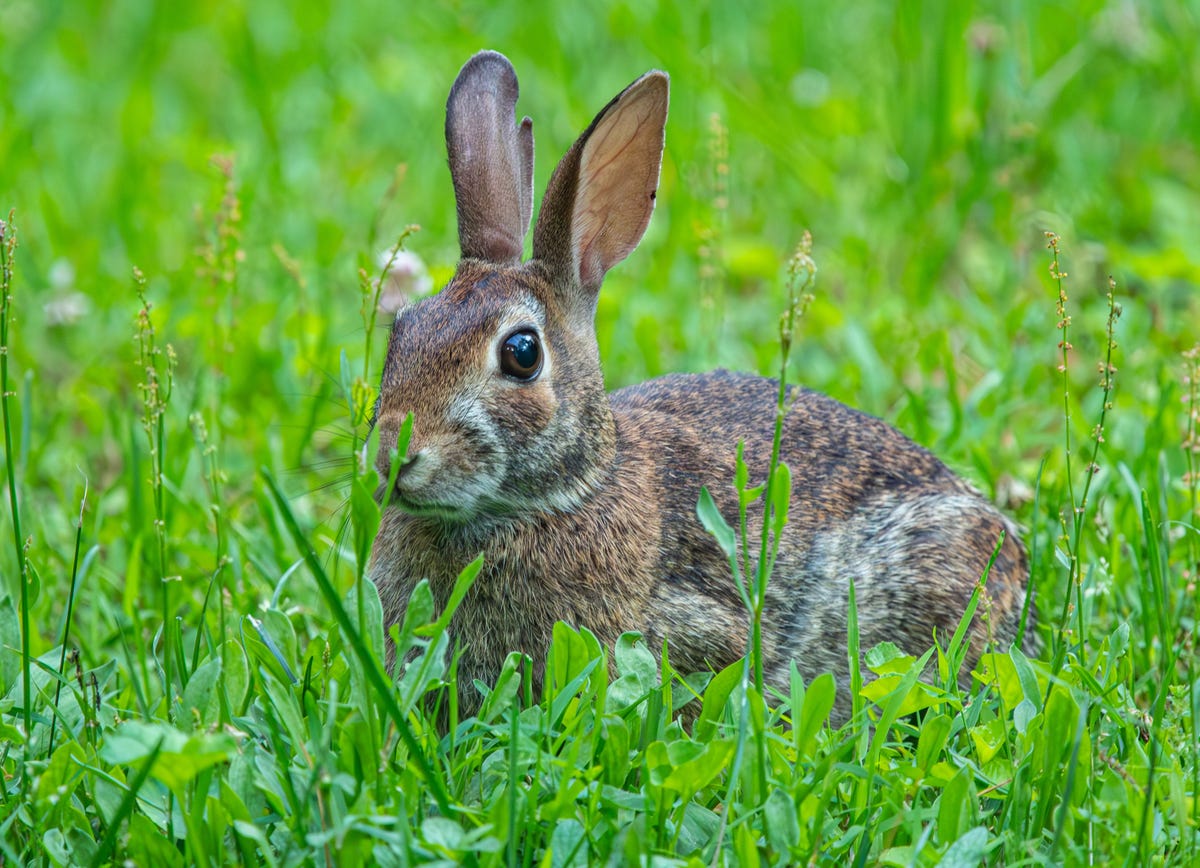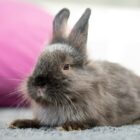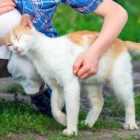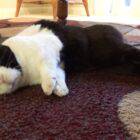Why do my rabbits eat their own poop?
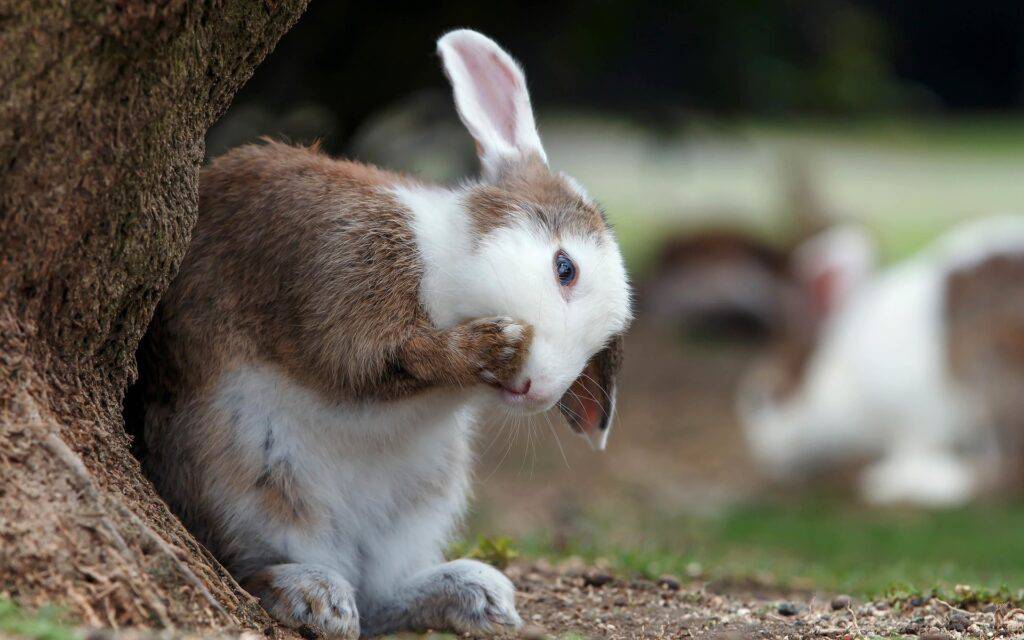
If you’ve ever caught your fluffy companions indulging in a snack that, at first glance, makes your stomach churn – fear not, you’re not alone.
To comprehend the seemingly bizarre act of rabbit poop consumption, we must first acquaint ourselves with the intricacies of their digestive system. Rabbits are maestros of a two-act digestive performance: act one produces those familiar dry pellets, but it’s act two that steals the spotlight – the creation of cecotropes.
Cecotropes – A Nutrient Goldmine
Now that we’ve peeled back the curtain on the rabbit’s digestive drama, it’s time to take a closer look at the star of the show: cecotropes. These soft, mucus-covered droppings might not win any awards for aesthetic appeal, but when it comes to nutrition, they’re nothing short of a goldmine.
Picture this: your rabbit, the culinary artist of its own digestive symphony, carefully crafting a specialized delicacy to extract every bit of goodness from its diet. Cecotropes are not your average poop; they’re a carefully concocted blend of essential nutrients, undigested food particles, and beneficial bacteria. It’s as if rabbits have their own secret recipe for a supercharged, nutrient-rich supplement.
In the fascinating world of lagomorphs, cecotropes are not waste; they’re an investment in optimal health. To understand their nutritional significance, let’s break down the components that make these droppings a dietary game-changer.
Microbial Magic: The Role of Beneficial Bacteria
Within the cecotropes lies a thriving community of beneficial bacteria. These microscopic allies play a crucial role in the rabbit’s digestive process by aiding in the breakdown of complex plant fibers. As the rabbit re-ingests these cecotropes, it’s not just recycling nutrients; it’s also replenishing its gut with essential microbes, maintaining a harmonious balance in the delicate ecosystem of its digestive tract.
Imagine it as a microbial orchestra playing a symphony of digestion, each bacterium contributing its unique melody to the rabbit’s digestive masterpiece. The rabbit, in turn, conducts this orchestra with precision, ensuring that the nutritional harmony continues.
Undigested Treasures: Extracting Every Ounce of Goodness
While the first round of digestion produces those familiar dry pellets, not every nutrient is fully utilized. Here’s where cecotropes come into play as the rabbit’s second act. These droppings contain undigested food particles, giving the rabbit a second chance to extract valuable nutrients that might have slipped through the digestive cracks.
It’s a bit like the rabbit saying, “I may not get it right the first time, but I’m not letting any nutritional treasure go to waste.” Cecotropes represent a strategic move in the rabbit’s quest for optimal nourishment, showcasing the evolutionary brilliance of a digestive system finely tuned to the challenges of the wild.
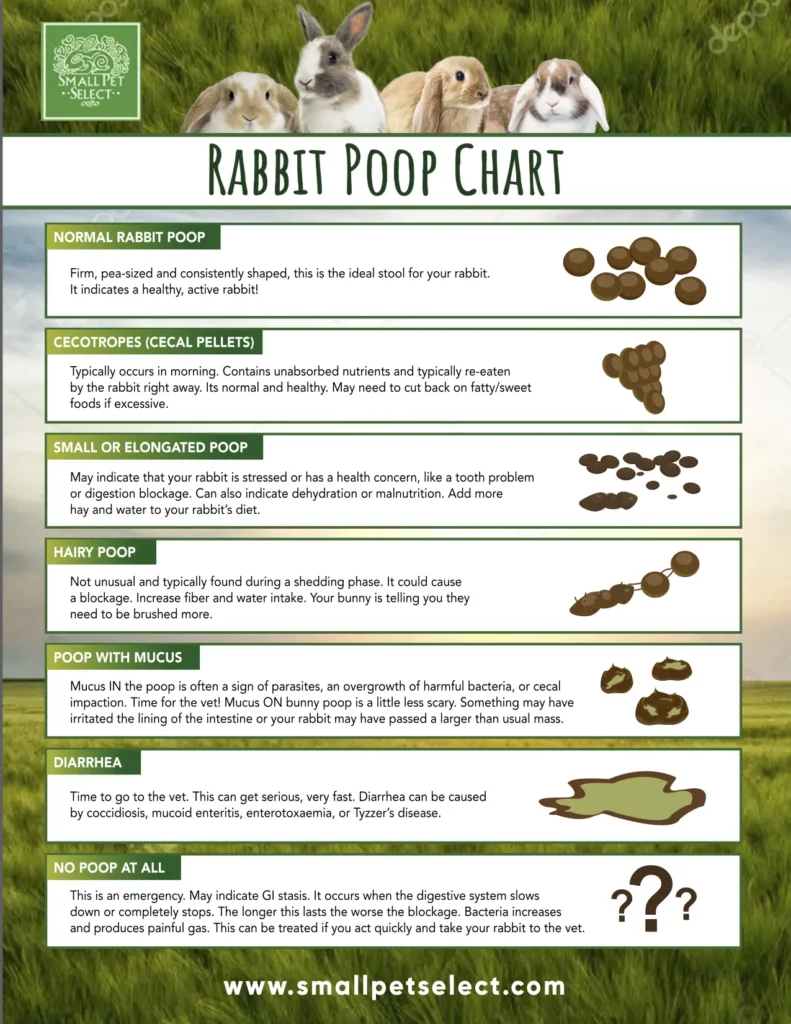
Coprophagy Unveiled
Coprophagy is not an act of desperation or a sign of peculiar taste preferences. Instead, it’s a strategic move born out of evolutionary necessity and physiological brilliance. To fully grasp the concept, let’s peel back the layers and unveil the mysteries behind this seemingly unconventional dining choice.
Contrary to the initial recoil many might experience at the thought of a rabbit partaking in a mid-meal snack of cecotropes, it’s important to understand the physiological rationale behind coprophagy. Rabbits have a unique digestive system that includes a hindgut fermentation process, where food passes through the digestive tract twice to extract the maximum amount of nutrients.
The first round of digestion produces those familiar dry pellets, composed of indigestible fibers and waste. However, the rabbit’s tale doesn’t end there. In a remarkable encore, the rabbit produces cecotropes – soft, nutrient-rich droppings that are re-ingested to ensure optimal nutrient absorption. Coprophagy is, in essence, the rabbit’s way of squeezing every last drop of nutrition from its food, a survival strategy honed through evolution.
Evolutionary Wisdom
In the wild, resources are not always abundant, and the ability to extract every ounce of nutrition from the available food is a survival advantage. Coprophagy, the eating of poop, allows rabbits to maximize nutrient absorption, ensuring they obtain vital elements that may have eluded their digestive system during the first pass.
This adaptive strategy is particularly crucial for a creature that primarily subsists on fibrous vegetation. By reingesting the partially digested food in the form of cecotropes, rabbits can give their digestive system a second chance to extract essential nutrients like proteins and B vitamins, fostering optimal health and energy balance.

